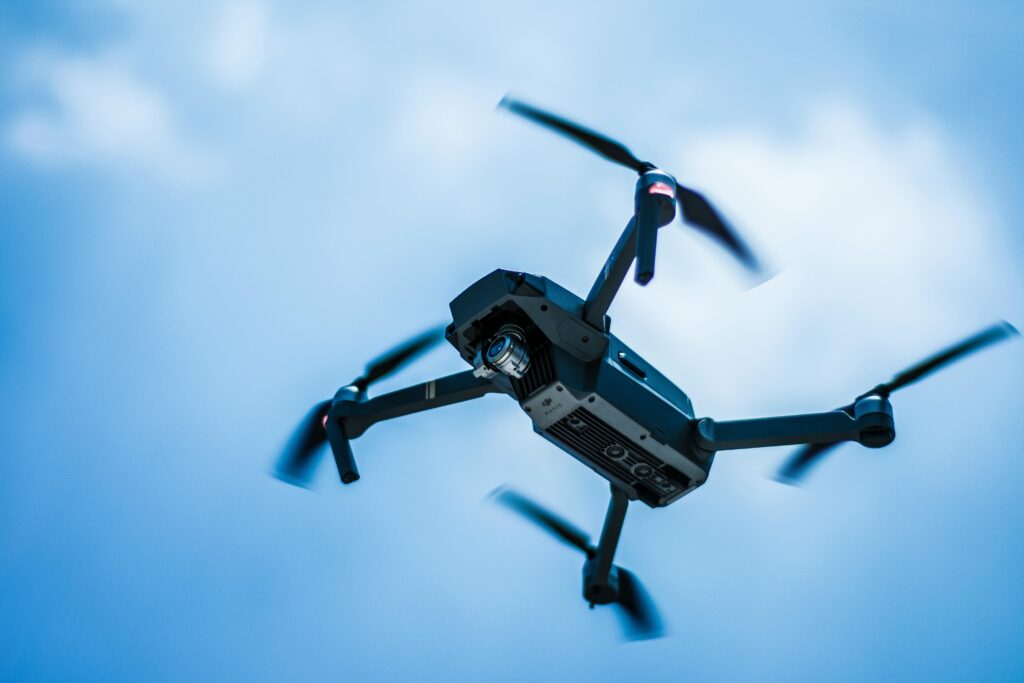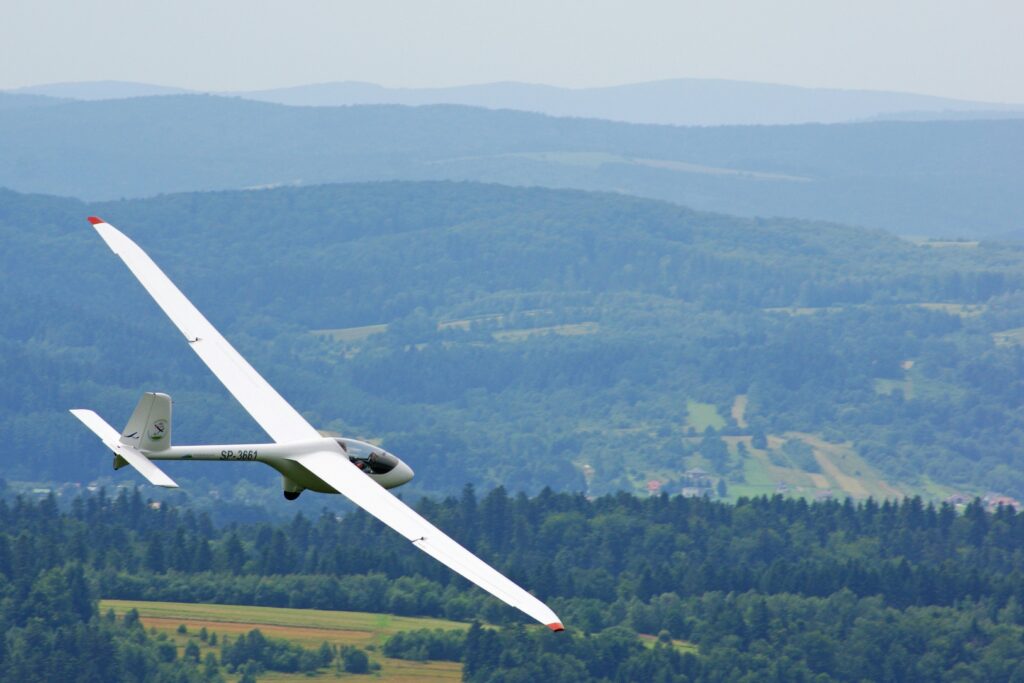
An Unmanned aerial vehicle also known as UAV is a type of aircraft that is operated remotely. they are being made by gathering several hardware components and interconnecting through software. One of the major hardware requirements for building an UAV is the flight controller unit.
flight controller generally known as the brain unit of an UAV. It plays a vital role in the operation of a drone mission. mission of a flight controller can be depended on UAV design.
There are two major UAV design types.
1. Fixed wing design:

In conventional fixed-wing aviation, aircraft leverage passive aerodynamic principles. The incorporation of aerodynamic components, including wings, ailerons, flaps, elevators, stabilizers, and rudders, facilitates the maintenance of stable flight. By modifying the angles of these components, pilots can influence the aircraft’s flight path or orientation. The airflow interacting with these elements produces lift, which is essential for sustaining stable flight.
2. Multi-rotor design:

The principles governing fixed-wing aviation are not applicable to quadcopters due to their absence of inherent aerodynamic features. In contrast to airplanes, quadcopters depend exclusively on the thrust produced by several motors to maintain flight. A quadcopter manages its orientation by varying the thrust output of its four motors.
At first glance, it may appear logical to design a flight controller based on fundamental principles. For instance, if a pilot intends to pitch the aircraft forward, the thrust of the front two motors should be reduced while the thrust of the rear two motors is increased. Likewise, to roll to the right, one would increase the thrust on the left motors and decrease it on the right motors. If you share my initial perspective when starting this project, this method might seem adequate. However, this would be an erroneous conclusion.
While it may seem that applying uniform thrust to all four motors would ensure stable, level flight, this belief is misleading. Even minor misalignments in weight distribution, variations in wind conditions, or discrepancies in motor speeds can lead to significant instability. Furthermore, even when using motors of the same make and model, slight differences in manufacturing can result in variations in thrust output. These minor inconsistencies can create highly unstable flight scenarios.
Regrettably, quadcopters are fundamentally unstable for these reasons. They must continuously balance the thrust across all four motors, striving to find the optimal combination to achieve the desired orientation set by the pilot. In this context, “continuously” refers to numerous adjustments occurring each second. Many commercially available flight controllers make these mid-flight adjustments at an impressive rate of several thousand times per second. In my case, I have programmed the Scout Flight Controller to perform this adjustment loop at a frequency of 250 hertz, equating to 250 adjustments per second.
In essence, a quadcopter flight controller is in a constant state of comparison between the pilot’s desired attitude and the actual attitude of the vehicle.
There are some major flight controller modes.
1. Angle mode:
In this mode, upon releasing the attitude stick, the quadcopter autonomously sustains a level orientation relative to the ground, maintaining a pitch and roll angle of 0 degrees. When the stick is pushed fully forward, the quadcopter will pitch forward until it attains the maximum permissible attitude angle. This position will be held until the pilot modifies the input once more.
2. rate mode:
This mode signifies a more sophisticated type of flight. In rate mode, the quadcopter does not assess its exact angle concerning the ground. Rather, it concentrates exclusively on monitoring the rotation rate across the three axes and aligns it with the pilot’s intended rotation rate in those same axes. For instance, when the pilot pushes the stick forward, the quadcopter will continuously pitch forward until the stick is released, at which moment it will strive to sustain its current attitude.
these are the basic principle of a flight control mode.